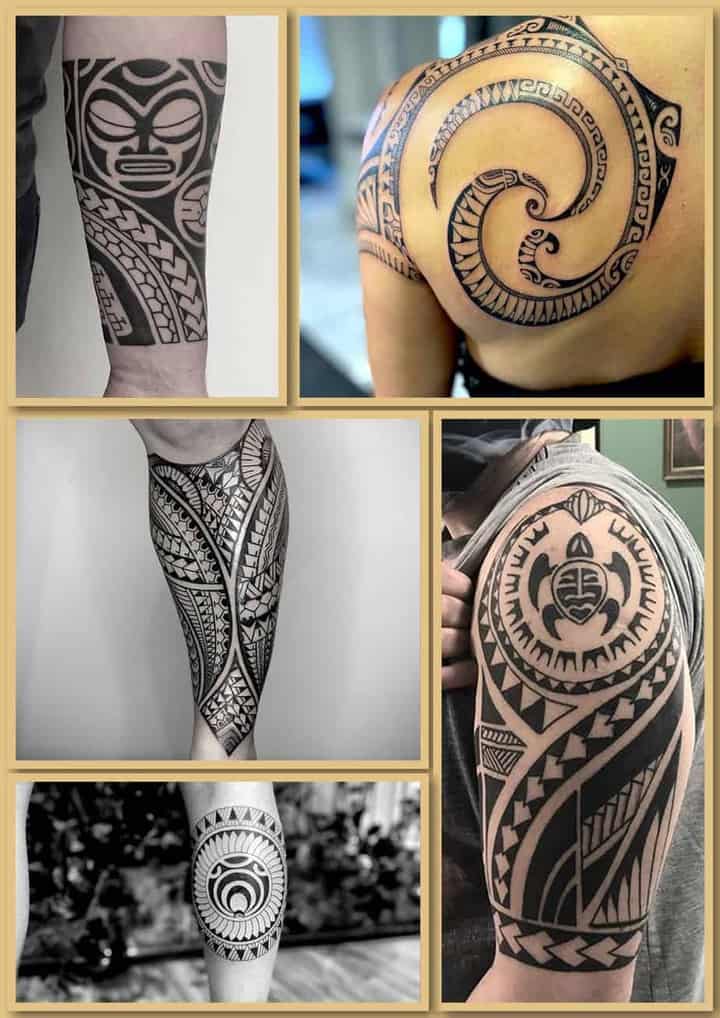
Maori Tattoos: A Detailed Introduction to the Cultural Heritage and Meaning of Maori Tattoos
Contents:
Getting to know the history of specific tattoos is essential in finding the perfect tattoo design. The origin of the tattoo, its cultural and historical background, and meaning can really influence the decision, especially when it comes to cultural appropriation and similar issues regarding cultural tattoos.
Maori tattoos are one of the most popular tattoo designs. However, many do not even realize that the tattoos they make belong to the culture and traditions, and, not knowing about such important information, commit cultural appropriation. Others, despite being aware of Maori tattoos, still get cultural designs and claim ownership, which really minimizes Maori culture and traditions.
Fortunately, more and more people are getting more and more knowledge about the different tattoo cultures as well as the origins of specific traditional tattoos. However, there is always something to learn, so we decided to go into detail about the cultural origins and meaning of Maori tattoos. So, without further ado, let's get started!
Maori Tattoo: A Complete Tattoo Guide
Origin
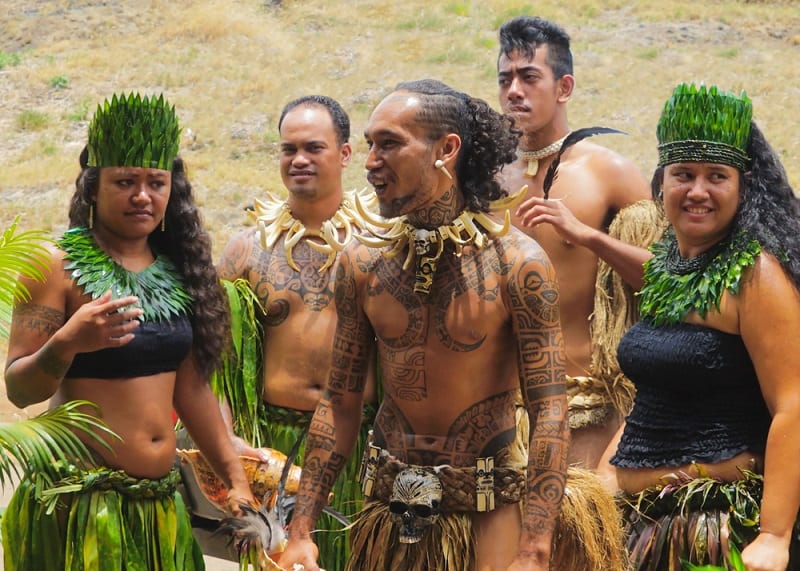
Maori tattoos, properly called moko tattoos, are a form of facial and body art that originated in New Zealand. Centuries before the arrival of European travelers, the Maori people were known as fighters and protectors of their land, often tattooed on their face and body to symbolize their devotion and willingness to defend their land and tribe, as well as their status, rank and masculinity. .
The Maori people tended to be fishermen, sailors and highly skilled sailors. They were also skilled in pottery, canoe building, growing plants, hunting animals, and more.
Of course, the Maori were incredibly talented at tattooing. Moko tattoos are believed to come from Maori mythology and the story of the underworld princess Niwareka and a young man named Mataora.
Nivareka was abused by Mataora, after which she left him and returned to the underworld. Mataora decided to go in search of Nivareki; during the journey, his face was smeared with paint, and his whole appearance was subjected to great ridicule. Nevertheless, Mataora found Nivareka, who accepted his apology. As a gift, Nivareki's father taught Mataoru to make moko tattoos so that the paint on his face would never smudge again.
From this story, it can be deduced that the Maori people practiced certain types of body art long before the Moko tradition. Many believe that the tradition of face and body painting spread from other Polynesian islands.
The world learned about the Maori people thanks to the Europeans. However, this was not a successful meeting of two different cultures. The Europeans, as usual, saw an opportunity to seize the land of New Zealand, as well as the Maori people. However, this time the Europeans were fascinated by the appearance of the Maori, mainly because of their tattoos on the face and body. Their infatuation was so strong that they began to kill Maori people and take their heads home as souvenirs. The Maori people were even forced to stop practicing moko tattoos due to fear of white "bounty hunters".
Value
When it comes to the meaning of moko tattoos, they usually represent one of these things; rank, status, tribe, masculinity, and for women, status and rank. Moko tattoos usually represent the identity of the wearer as well as important information about their position within the tribe. Moto tattoos are usually based on a certain ritual meaning for the Maori people, which is represented by spiral and curvilinear patterns.
Depending on the location of moko tattoos, they can have different meanings and symbols. For example;
Despite the many associations of moko tattoos with intimidation and aggression, as we can see, the meaning of these tattoos cannot go beyond that. These tattoos are specifically used to help identify and get important information about a Maori person just by looking at them.
Tattoos are a means of recognition, especially if people meet for the first time. This is by no means what the Maori use for aggression and intimidation, as is often believed, due to their ancestral origin and ancient way of life, and how it was perceived by Westerners.
The Europeans generally believed that the Maori tattooed their face and body, either to intimidate the enemy in battle or to attract women. There are also interpretations of moko tattoos as a symbol of war, cannibalism and sex. Of course, the more people learned about Maori, the more we understood Maori culture and traditions, as well as the background and meaning of moko tattoos.
Unfortunately, even today, some people stereotype Maori culture and moko tattoos. However, the growing acceptance of unique and breathtaking moko tattoos shows how we as a society are starting to respect other people's culture and not just recklessly use their culture and put it on our body just for the sake of having a cool tattoo.
Moko tattoos are not just a collection of lines combined into an interesting pattern. These tattoos represent a person, history, culture, traditions, a set of beliefs, and more.
Moco's Modern Identity
Moko, commonly referred to as tribal tattoos these days, have been culturally influenced by modern interpretations and cultural appropriations, mostly by Westerners. Despite the awareness and information available with just one click, some people are still unaware of the Moko and the Maori people, or simply deliberately oblivious to the cultural significance of the Moko.
Unfortunately, people who are not related to the Maori tribes still get moko tattoos and still use moko tattoos in fashion and design to show "how inclusive and hospitable they are from different cultures."
For example, in 2008/2009, internationally renowned French designer Jean Paul Gaultier used non-Maori models with moko tattoos to promote his latest collection. Naturally, many considered this choice of models extremely offensive, especially in the picture where the moko model posed sitting with her legs spread.
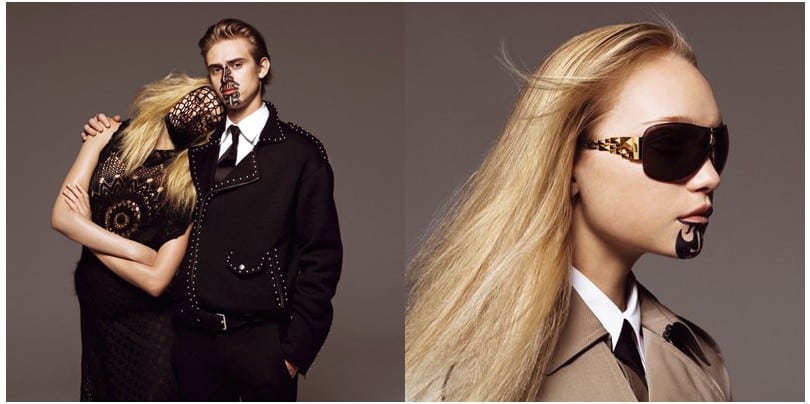
Gauthier now tried to explain himself by saying that he found Maori culture beautiful and exotic and that he would like people in his country to recognize the same beauty (by hiring non-Maori models, of course, in his clothes and glasses). Let's be real; Moko in this context is just a tribute to fashion and a way to attract the attention of the public.
In addition, a problem arises when New Zealand actually has a Maori Arts Council responsible for the fair use of the Moko trademark and Maori arts and crafts. Had Gaultier contacted them prior to including the moko in his collection, it would have been a different story. But no. And guess how the Maori felt about it; they felt disrespectful.
Now let's fast forward to 2022. On Christmas Day 2021, veteran New Zealand Maori journalist Orini Kaipara made history by becoming the first news anchor to host a national prime-time broadcast with a moko tattoo on her chin.
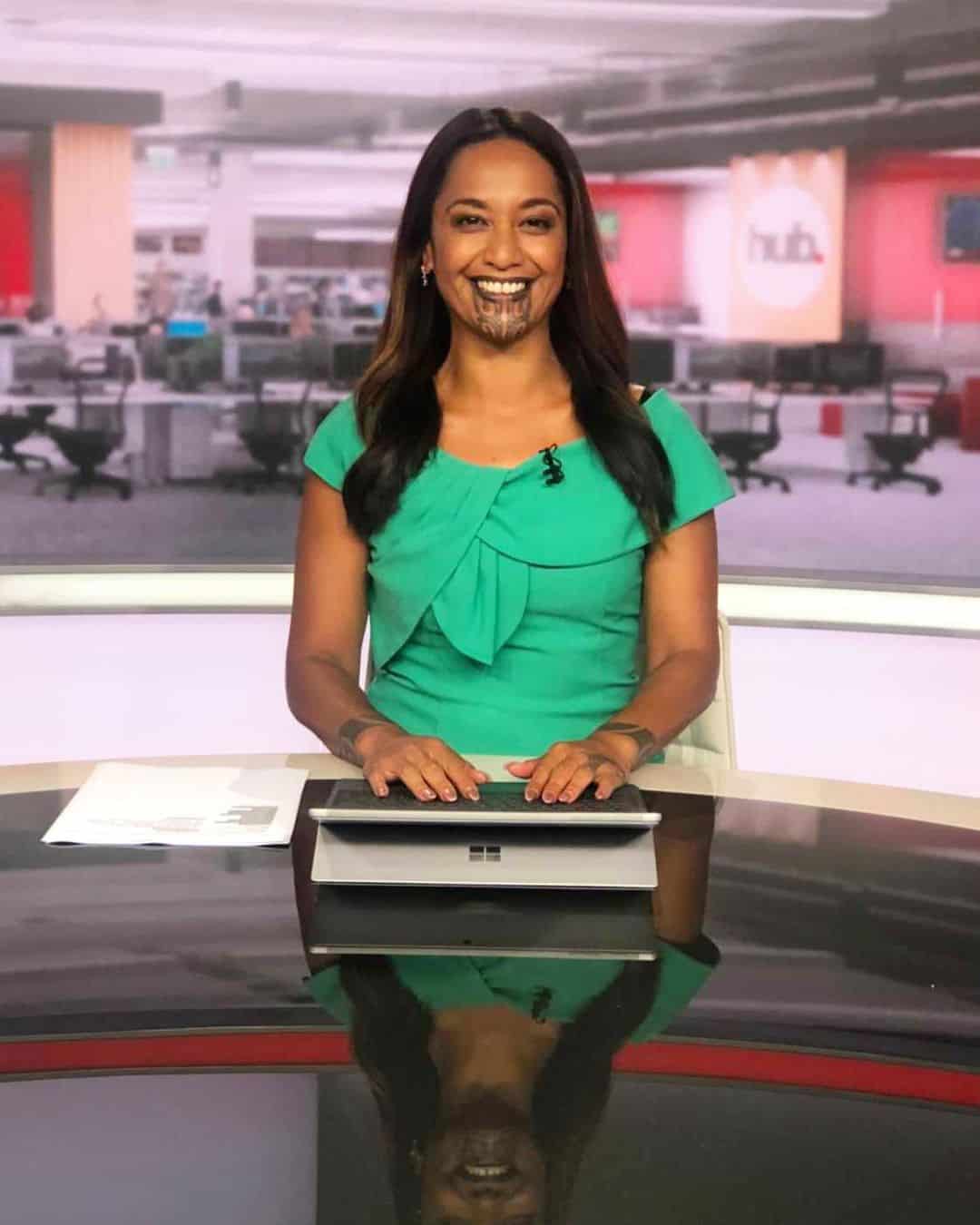
Twenty or thirty years ago it would have been impossible, but Kaipara did it and made headlines around the world. People came to know about it in January 2022 and commented on how we now embrace different cultures and respect labels, and Kaipara's courage to stand proudly in front of the cameras.
So, in 15 years, a lot has changed and, undoubtedly, will change even more. Cultural appropriation has gained a lot of importance in the last few years and people have finally become sensitive to blatant cultural appropriation, lack of education and misinformation about certain cultures and their traditions, especially when used by people of other backgrounds and cultures.
Sure, Westerners might be unaccustomed to people with full-face tattoos, and sure, they might be interested in the Moko tradition, but that doesn't give anyone the right to just take someone's culture and turn it into an interesting tribal tattoo. For the Maori people, their moko tattoos are sacred, a link to their past and ancestors, as well as an identity. This should not be a random person's tattoo project when the Maori people are desperate to protect their culture.
Moko design explanation
In order to better understand the cultural and traditional background and meaning of moko tattoos, it is important to look at moko tattoos individually and explore their meanings.
Life of the Left
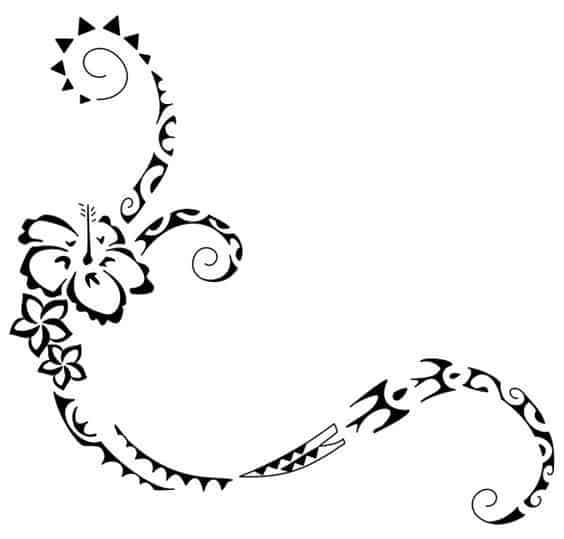
This moko tattoo design is based on the Maui legend. Now Maui was the youngest of 5 brothers. When Maui's mother gave birth to him, she thought he was stillborn. She then cut off her bun, wrapped it in it, and threw it into the ocean. Eventually. Maui appeared on the beach where a tohanga (experienced practitioner of any skill/art) found him.
Naturally, the tohunga raised Mauri and taught him his moves, who also grew up to master several techniques and skills. It is believed that Maui extended the days, brought fire to people and almost ensured immortality for all mankind. This is usually the story of how Maui discovered the land of New Zealand.
Nga Hau E Wah
Translated into English, Nga Hau E Wha means "four winds". Now this moko tattoo design represents the four corners of the planet or the previously mentioned four winds. In fact, the story behind the design has to do with the four winds representing the four spirits that meet in the same place. Many claim that the design of the four winds represents people from the 4 corners of our planet. As the story behind this design explores two powerful Maori gods, Tavirimatea and Tangaroa, the tattoo also shows respect for the god to grow and prosper in life.
Picorua
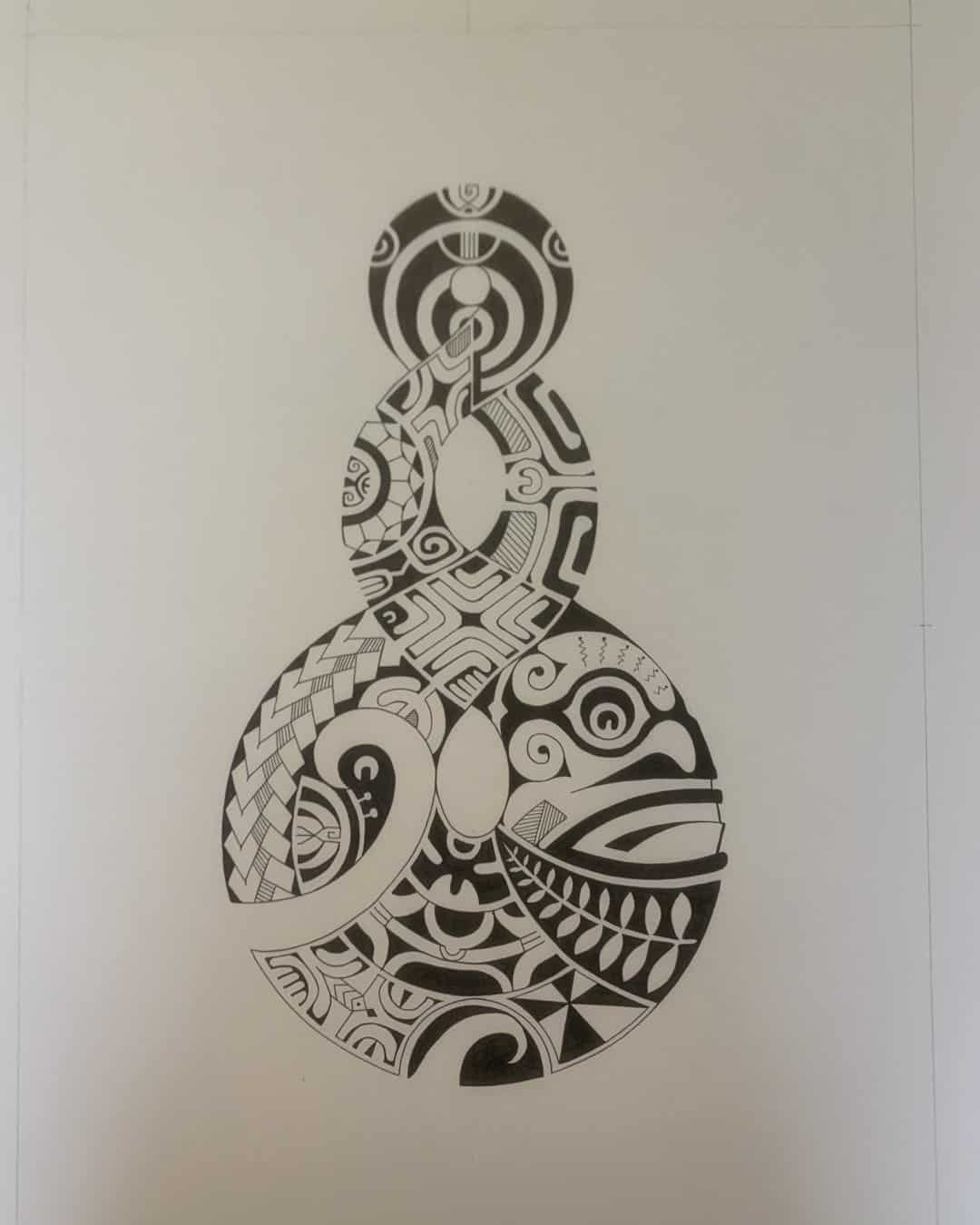
Picorua means "growth" in the Maori language, but also means "connection of two completely different things" (for example, land and sea, as they are connected in popular Maori myth). This is the most common interpretation of the meaning of the word, mainly due to the origin story of the word (as well as the origin of the tattoo design).
The history of the origin of man in Maori culture is connected with Ranginui and Papatuanaku, who are believed to have been together since time immemorial. Often referred to as Rangi and Papa, they appear in the creation myth of union and division, where Rangi was the sky father and Papatuanuku the earth mother.
The tattoo shows the path of life and how "all rivers lead to the ocean", which is a metaphor for how we all, in our day, return to Mother Earth.
Home
Timatanga means "beginning, beginning, introduction and beginning" in English. Te Timatanga tattoo is a story about the creation of the world and how people appeared. The Mauri creation myth follows the aforementioned story of Ranginui and Papatuanaku, or Rangi and Papa. Now Rangi and Papa had many children.
As they grew older, they strove for greater independence and freedom. Tumatauenga, in particular, decided to separate from his parents in order to have more freedom, and all the brothers tried to follow this decision, except for Ruamoko, who at that time was still a small child. Over time, the brothers began to punish each other either for following this idea or for opposing it. Some punished the brothers with storms, and others with earthquakes.
Overall, the tattoo symbolizes what all parents experience; care for children until they decide to start their own lives and separate their paths from those of their parents.
Common Moco Tattoo Symbols
Maori tattoos are not just random lines and patterns, as many people think. Each line pattern represents certain symbolism and conveys certain information. Let's take a closer look at the most common moko tattoo symbols and what they stand for;
- Packages - this pattern symbolizes courage and strength, typical for male tattoos.
- Unaunahi - this pattern symbolizes fish scales, and since the Maori people are known as fishermen, and exceptional, the tattoo design symbolizes health and abundance.
- Hikuaua - This pattern comes from the Taranaki region of New Zealand and symbolizes prosperity and wealth.
- Manaya - this symbol shows Manaya or spiritual guardian. The symbol is a combination of a human body, a fish tail and a bird in front. The Guardian is the protector of heaven, earth and sea.
- Ahu Ahu Mataroa - reminiscent of a ladder, this symbol symbolizes achievements, overcoming obstacles and new challenges in life.
- hey matau - Also known as the fishhook symbol, Hei Matau is a symbol of prosperity; this is because fish is the traditional food of the Maori people.
- Single torsion schemes - symbolizes life and eternity; similar to the Western symbol for infinity.
- Double or triple turn - symbolizes the union of two people or even two cultures for eternity. It is one of the most popular symbols of Maori unity; through the ups and downs of life, we support each other and that's a great message.
- Bark - this spiral symbol means growth, harmony and new beginnings. It is taken from the symbolism of an unfolded fern leaf (New Zealand is known to have the most beautiful ferns, which makes this tattoo even more meaningful and cultural).
Wearing a moco tattoo
It is impossible to talk about Maori tattoos without touching upon the issues of non-Maori people wearing moko. Cultural appropriation is of the utmost importance when it comes to this topic. It is well known that Maori tattoos are incredibly beautiful and therefore tattoos for non-Maori people are often chosen. Westerners are especially fond of wearing Maori tattoos and most of the time they don't even know what they are wearing, what the tattoo means, and that it even has cultural origins.
So why is this a problem?
Beyond the obvious, such as cultural appropriation, wearing a Maori tattoo as a non-Maori shows that someone is reducing the complex historical and symbolic meaning of moko to a simple line drawing that has nothing to do with you. Remember we mentioned that moko tattoos are a means of identity and recognition in Mauri culture?
Well, this also means that moko tattoos are not just decorative body art. They show who the representative of the Maori people is, what is his historical past, his status and much more. Even though some Maori tattoos are universal, most of them are very individual and only unique to certain families. They are like private property that is passed down from generation to generation.
And now you may ask yourself; can a non-maori person get a moko tattoo?
To start with, the Maori love to share their culture. Most Maori people don't really mind when non-Maori people get moko tattoos. However, these tattoos must be done by a Maori tattoo artist (who usually spends a lifetime learning this skill).
Only these artists have the right to make Maori tattoos and really understand all the Maori symbolism correctly. Otherwise, untrained non-Maori tattoo artists make mistakes and usually use patterns and designs that are unique to certain Maori families and tribes (which is like stealing their identity and personal property).
But what if I really want to get a Maori tattoo? Well, the Maori people have a great solution!
Kirituhi is a Maori style tattoo that is either done by a non-Maori tattoo artist or worn by a non-Maori person. "Kiri" in Maori means "leather", and "tuhi" means "to draw, write, decorate or decorate with paint". Kirituhi is a way for the Maori people to share their culture with those who want to learn about it, appreciate and respect it.
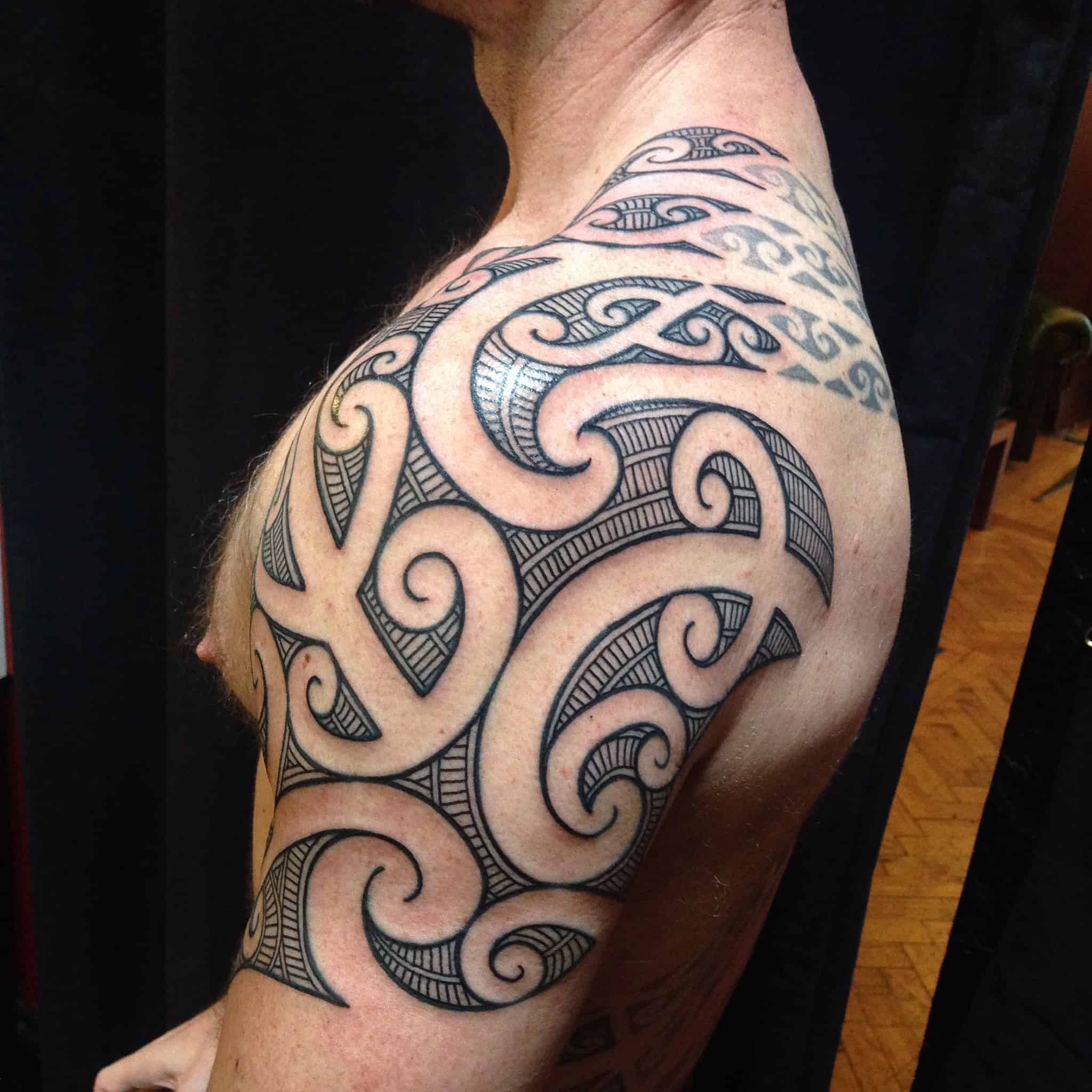
Kirituha tattoos are different from traditional moko tattoos. This is because the integrity of Maori tattoos is not meant for non-Maori people and the integrity of moko must be upheld, recognized and respected.
So, if you are not a Maori and want to get a Maori style tattoo, Kirituhi is the one for you. If you want to get a tattoo like this, be sure to check out Kirituha tattoo artists. You should look for a tattoo artist who is trained in moko and really knows the difference between moko and kirituhi tattoos. Some tattoo artists claim to be making Kirituhi when in reality they are just copying moko tattoo designs and appropriating someone else's culture.
Final thoughts
The Maori people struggle daily to preserve their traditions and culture. The history and cultural significance of moko reveal a practice that is hundreds of years old and therefore everyone should respect it as it provides insight into human history. Of course, in the modern world there is a place for moko, but again thanks to the generosity of the Maori people.
Thanks to kirituhi tattoos, non-Maori people can enjoy the beauty of Maori-style tattoos without appropriating their culture. I hope our article has provided a detailed insight into the cultural origins and traditions of Maori tattoos. For more information, visit the official Maori websites, especially if you are thinking of a Kirituha tattoo.
Leave a Reply